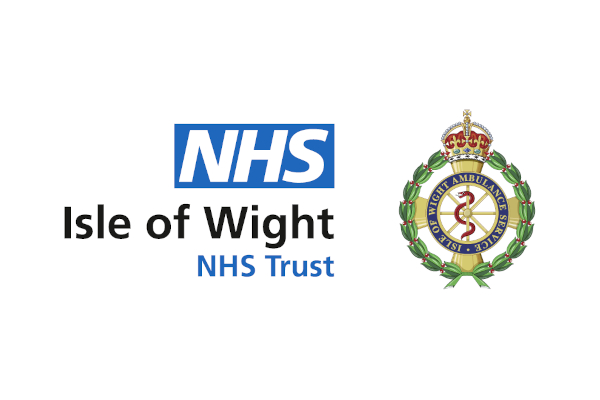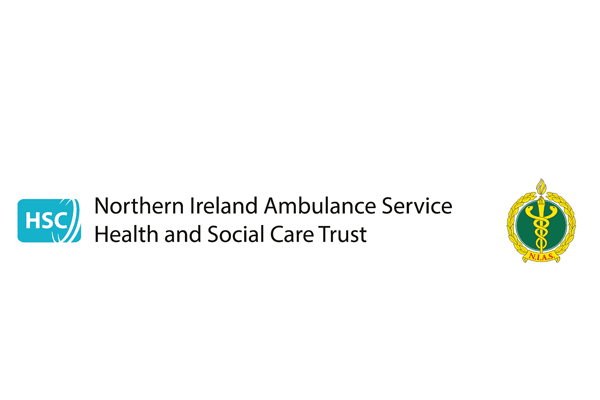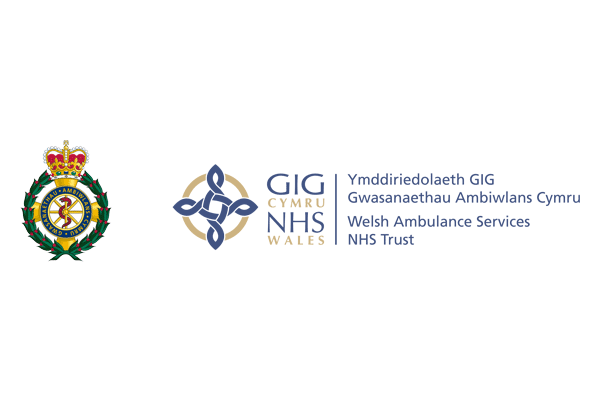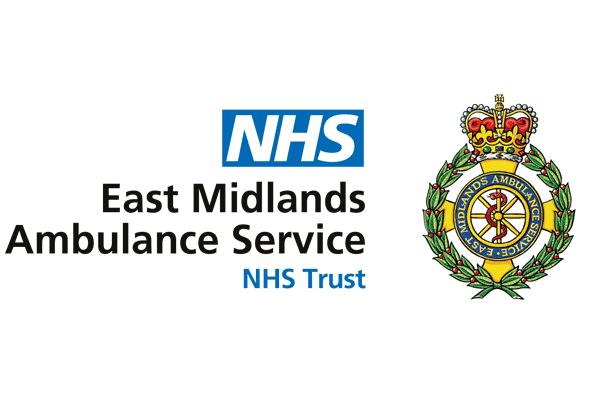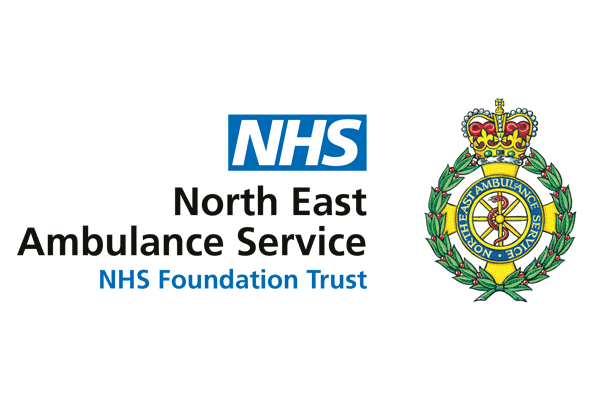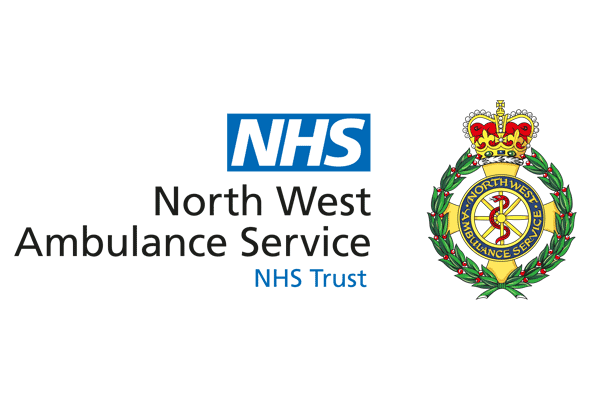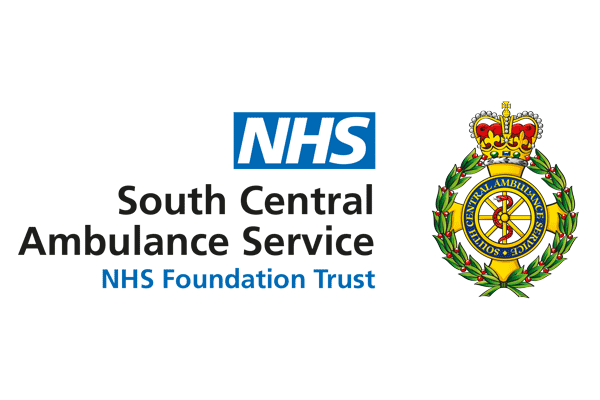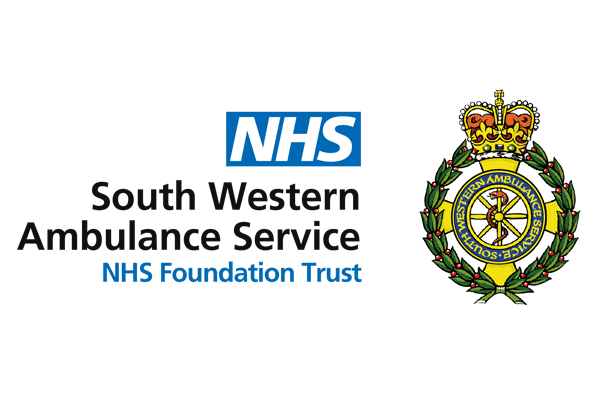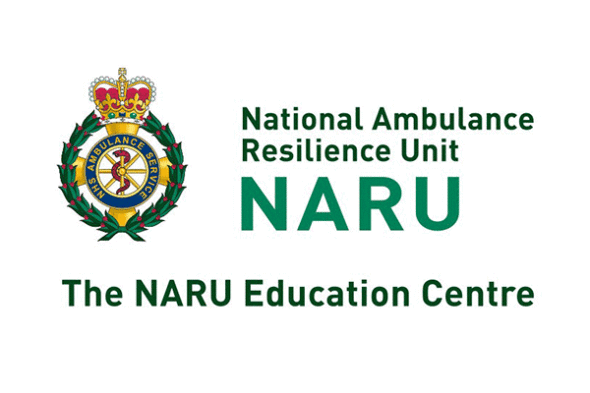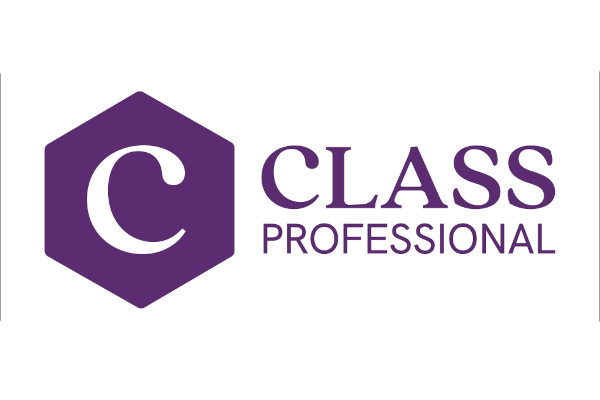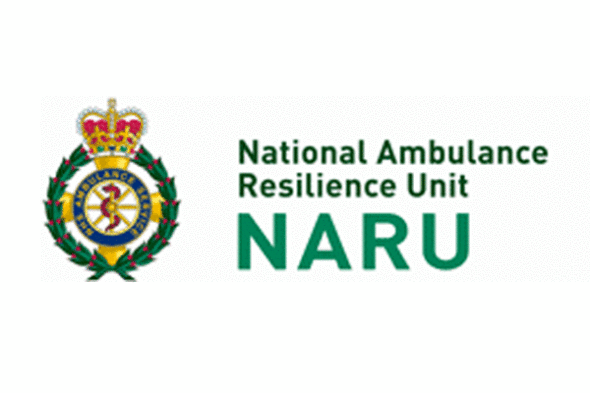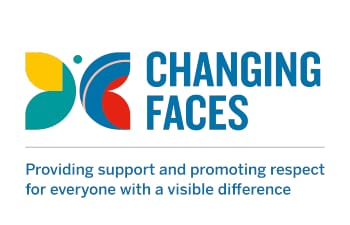 The Association of Ambulance Chief Executives (AACE) has made a formal public commitment to help raise awareness and promote equality in the ambulance workplace for those who have visible differences and disfigurements, by becoming signatories of charity Changing Faces’ Pledge To Be Seen campaign.
The Association of Ambulance Chief Executives (AACE) has made a formal public commitment to help raise awareness and promote equality in the ambulance workplace for those who have visible differences and disfigurements, by becoming signatories of charity Changing Faces’ Pledge To Be Seen campaign.
The pledge has been made during the charity’s annual awareness week – Face Equality Week – which commences 15 May 2023. All ten English NHS ambulance trusts, the Welsh Ambulance Service and Northern Ireland Ambulance Service have signed up to the pledge, joining the Scottish Ambulance Service which made the commitment during 2022.
Bringing ambulance services on board is considered a significant step for the campaign and represents the first UK-wide set of public bodies to commit to better representations of those with visible differences in their internal and external communications, such as recruitment advertising, as well as educating staff about the prdejudice and discrimination experienced by those with visible differences and disfigurements.
Nearly one in five people in the UK (18%)1 identify as having a visible difference – a mark, scar or condition that affects their appearance, such as a cranio-facial condition like a cleft lip and palate, skin conditions like vitiligo or psoriasis, birth marks, or scars, for example, following burns or cancer treatment.
The most recent research released by Changing Faces found that half (49%) of those with a visible difference reported that they must contend with negative behaviours, like stares and bullying, when they go out in public. This increase has been steadily rising since 2019 when a third of people (34%), reported these experiences2.
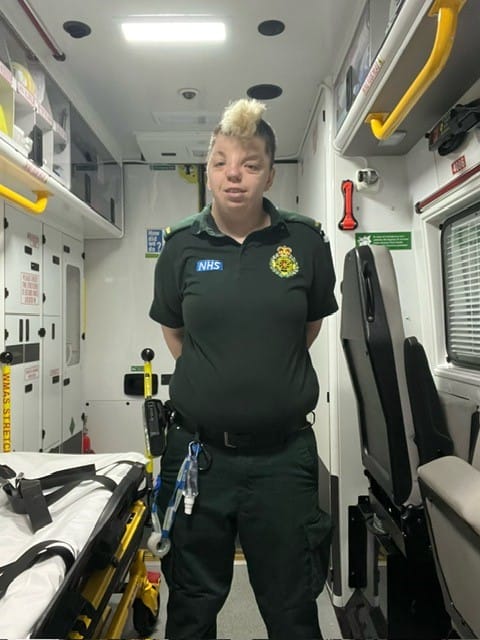 Ella Davies is a Changing Faces spokesperson and Ambulance Technician at West Midlands Ambulance Service who was born with a rare condition called cranio-frontal-nasal dysplasia. She says:
Ella Davies is a Changing Faces spokesperson and Ambulance Technician at West Midlands Ambulance Service who was born with a rare condition called cranio-frontal-nasal dysplasia. She says:
I am delighted that AACE and ambulance trusts across the UK are signing up to Pledge To Be Seen. As someone with a visible difference I often contend with people staring and making comments about my appearance, alongside assumptions about my capabilities simply because of how I look.
When you have a visible difference, you often stand out from the crowd, everyone notices you! But when you turn on the TV, look in a magazine or even in public health campaigns or recruitment pages of a website, you just don’t see people with visible differences. It’s time for that to change. For organisations to be diverse, that needs to include people with visible differences.
West Midlands Ambulance Service has been fantastic with me from the day I joined. I have spoken about my condition, had conversations on how best to support myself, other colleagues or a patient with a visible difference. People are often worried about language and saying the wrong thing. That’s why training is so important. I’m so pleased to know that colleagues across ambulance services and trusts are going to have the opportunity to learn about visible differences and disfigurements.
Heather Blake, Chief Executive, Changing Faces, says:
We are delighted to welcome AACE and the ambulance trusts from Scotland and Wales to the Pledge To Be Seen movement – a growing group of organisations recognising that to be a truly diverse and inclusive workplace you need to positively represent those with visible differences and disfigurements.
Knowing that we’re raising awareness about the prejudice and discrimination people with visible differences and disfigurements are experiencing amongst their staff is fantastic. By working together, we can promote respect and understanding.
People with visible differences report long term impacts from not seeing people who look like them represented in society and across popular culture. A third report low levels of confidence (34%), and 3 in 10 have struggled with body image (31%) and low self-esteem (29%). A quarter (24%) say it has affected their mental health3.
As part of their commitment to Changing Faces’ Pledge To Be Seen, staff from ambulance services and trusts across the whole of the UK are being encouraged to attend Equality and Inclusion training sessions focusing on visible differences and disfigurements, covering important topics like language, and how to better respond to someone they meet who has a visible difference – whether a colleague or patient.
Anna Parry, Deputy Managing Director of the Association of Ambulance Chief Executives (AACE) said:
This is an important issue that doesn’t always get the spotlight it deserves so I am especially pleased that our members are recognising its significance and relevance to ambulance staff and volunteers, as well as the patients and public we serve, by signing up to this pledge themselves and by supporting AACE to do so on the national stage.
We will be running a national event in June to have what we call an ‘uncomfortable conversation’ about visible difference and disfigurements, which we hope has a positive impact.
The commitment from AACE and ambulance trusts follows pledges from other public bodies, including the Welsh Government, Transport for Wales, The Scottish Fire and Rescue Service and the UK’s largest health board NHS Greater Glasgow and Clyde (NHSGGC), who have all committed to increase the positive representations of visible differences and provide training to their staff.
The pledge form is available for your organisation to sign, here.
[1] Figures taken from Changing Faces’ My Visible Difference Report using research undertaken by ComRes. ComRes interviewed 1,037 people with a mark, scar or condition that makes them look different online between 7th and 16th March 2019. Data were weighted to be representative of those with a mark, scar or condition that makes them look different by age, gender and region. This weighting scheme was sourced from a nationally representative public omnibus survey run between the 22nd and 24th March 2019. ComRes is a member of the British Polling Council and abides by its rules.
[2] Savanta ComRes interviewed 1,050 people with a mark, scar or condition that makes them look different online between 28th of November and 2nd December 2022. Data were weighted to be representative of those with a mark, scar or condition that makes them look different by age and gender. This weighting scheme was sourced from a nationally representative public omnibus survey run between 22nd and 24th March 2019. Savanta is a member of the British Polling Council and abides by its rules.
[3] Savanta ComRes interviewed 1,081 people with a mark, scar or condition that makes them look different online between 15th and 26th July 2021. Data were weighted to be representative of those with a mark, scar or condition that makes them look different by age and gender. This weighting scheme was sourced from a nationally representative public omnibus survey run between 22nd and 24th March 2019. Savanta ComRes is a member of the British Polling Council and abides by its rules.

